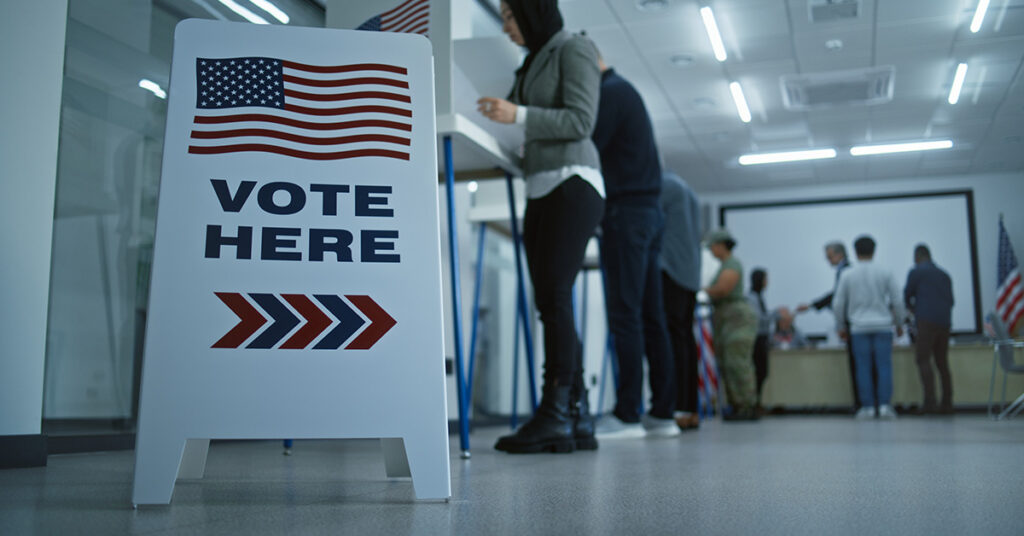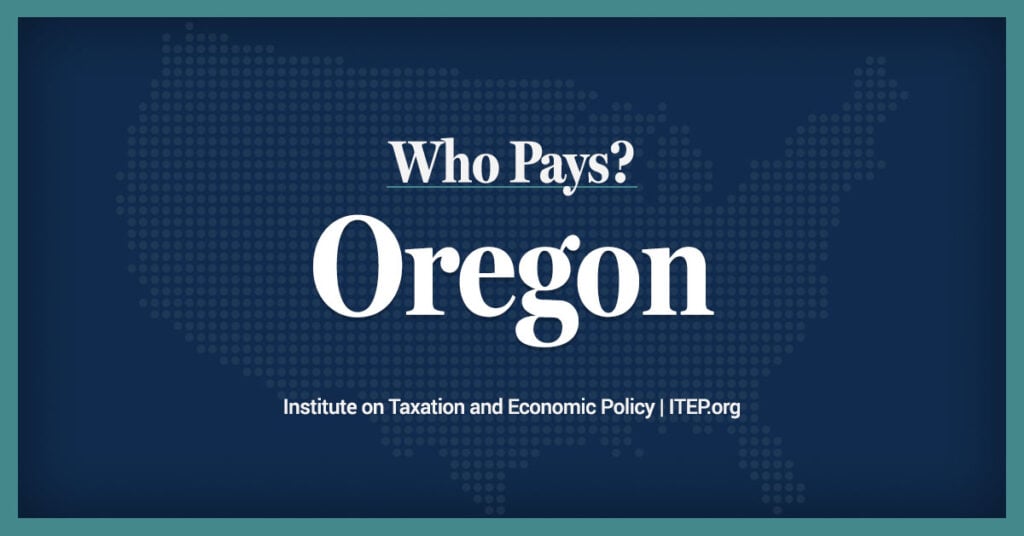By Nick Budnick / The Bulletin
Published: January 14. 2010 4:00AM PST
SALEM — Both sides of the tax battle over the Jan. 26 ballot argue that they, and not their opponent, are the champions of tax fairness in Oregon.
The union-backed coalition that is supporting Measures 66 and 67, the personal income and corporate tax hikes that were adopted by the Legislature in June, contends that the measures will restore a measure of tax fairness to Oregon by having large companies and wealthy individuals pay more.
The corporate-backed coalition opposing the measures, however, contends that both measures would be unfair: the personal tax increase because it would fall on some small-business owners as well as individuals, and the corporate tax increase because corporations could see significant tax hikes even if they are losing money.
Tim Hibbitts, a Portland pollster who has not taken a position on the measures, says he does not recall fairness being such a big focus of past tax fights. He thinks it will be an effective argument, albeit not the only one.
“I think that the yes side got it in their mind early on that this was key to getting these things passed,” he said.
The pro-tax campaign stresses that the personal income tax hike of Measure 66 would fall on high earners.
Specifically, the current 9 percent tax rate will climb to 10.8 percent on a household’s earnings of $255,000 or more or for an individual’s earnings of $125,000 or more.
The rate would jump to 11 percent on a household’s earnings of $500,000 or more or an individual’s earnings of $250,000 or more.
The pro-tax campaign’s ads frame Measure 67’s corporate tax hike as a much-needed tune-up, citing the fact that the $10 corporate minimum tax — which is levied on companies that report no taxable profits — has not changed in more than 70 years.
Supporters say that the measure, by taxing larger shareholder-owned companies, known as C corporations, based on gross Oregon sales as well as profits, will be fair, as it provides an idea of how active a firm is in Oregon.
Opposition
But J.L. Wilson, a project director with the group Associated Oregon Industries, which opposes the measures, says it’s not accurate to portray the state’s businesses as making lots of money while paying scant taxes.
He points to state statistics that show many companies avoid paying more than the corporate minimum only because they have incurred losses in the previous year and have carried them forward as allowed under the law.
Other companies, meanwhile, use tax credits and other deductions to bring their tax bills to zero — taking advantage of programs set up by the state to encourage certain behavior. For example, there’s the Business Energy Tax Credit, which uses private capital to augment state tax credits to encourage renewable energy projects and conservation.
Companies, Wilson said, “have a legal right to do that, just like individuals have the legal right to claim deductions of their own.”
Moreover, companies that buy tax credits under the BETC program at a discount to reduce or eliminate their tax bills do pay for that right — it’s just that the money goes not to the state, but to the company that was approved by the state to receive the money in support of a project.
Opponents of the tax hikes also look to state statistics for evidence of why they say Measure 66 is unfair. They cite state numbers showing that the state’s highest earners, just 2.27 percent of the population, paid more than 32 percent of the state’s income taxes, despite earning just 28 percent of the state’s income.
“I don’t think that there’s any inequity that’s addressed in (the measures),” Wilson said. “I don’t think you can make that argument with a straight face.”
Support
Chuck Sheketoff, who heads the liberal-leaning Oregon Center for Public Policy, is a vocal supporter of the measures. He said that the anti-tax side’s arguments ignore the overall picture: that the wealthiest Oregonians pay a smaller share of their income in taxes than anyone else.
He cites a study that looked at all state and local taxes, not just the state income tax. The Institute on Taxation and Economic Policy found that the top 1 percent of earners, making $417,000 or more, paid 6.2 percent of their income in total taxes, and the next 4 percent, making $173,000 or more, just 7 percent of their income. The bottom 20 percent, meanwhile, paid 8 percent of their income.
“Looking just at income tax is disingenuous,” Sheketoff said. “You have to look at all state and local taxes — and the wealthy pay a lower share of their income in state and local taxes than any other group.”
Both sides
Both sides are running aggressive ads making their points. Hibbitts, the pollster, said he thinks the “yes” side’s fairness-oriented ads have probably been the most effective of either side’s ads until recently.
The latest round of opposition ads questioning state spending may be gaining ground, he said, adding, “I don’t think this cake is baked yet.”
Nick Budnick can be reached at 503-566-2839 or at [email protected].





